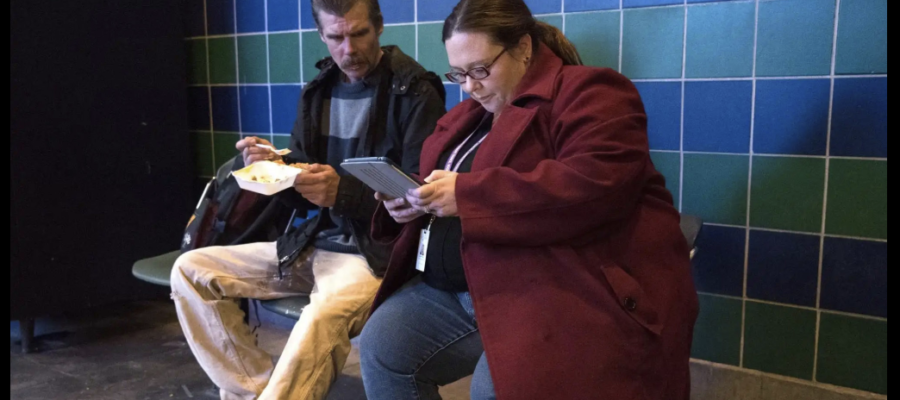NEW YORK, Nov. 11, 2022 — This Veterans Day, the national nonprofit Community Solutions is reflecting on the 12 communities that have demonstrated that solving veteran homelessness is possible.
These communities have reached a standard for making veteran homelessness rare and brief, known as functional zero. They reached this milestone through their work in Built for Zero, a national initiative of 105 communities working to measurably and equitably end homelessness. Detroit, Denver and Washington D.C. are also a part of Built for Zero and have driven significant reductions in veteran homelessness on the path to functional zero.
“Homelessness is solvable. There is perhaps no greater evidence of this than our nation’s ability to drive reductions in veteran homelessness. Built for Zero communities across the country are proving that it’s possible to make homelessness rare and brief,” said Built for Zero Director Beth Sandor.
While each community has different demographics and resources, Sandor said there are common approaches that have made addressing veteran homelessness successful.
A community-wide team aligned behind a shared aim
In communities, there is a constellation of organizations and agencies that work to serve people experiencing homelessness. They are often working independently and toward their own goals, rather than whether they are helping to drive overall reductions in people experiencing homelessness.
In Abilene, TX, which reached functional zero for veterans in 2018, agencies focused on homelessness came together to form a command center with the shared aim of ending veteran homelessness by reaching functional zero. They began meeting twice a month to deliver tailored solutions for each veteran. This regular contact and collaboration across agencies created accountability for reducing homelessness, and they saw the number of veterans experiencing homelessness dropping as a result of their actions.
“Coming out from behind our walls and collaborating together created transparency, thus allowing a greater number of available solutions with more choices for veterans in crisis, giving some semblance of power back into the hands of our veterans,” said West Central Texas Regional Foundation Program Manager John Meier.
Communities need to know each individual by name and in real time
All of the communities that have reached functional zero for veterans started by achieving quality, real-time, person-specific data. By-name data accounts for every veteran in the community who is experiencing homelessness. It includes information like their housing needs and history of homelessness. This detailed information helps communities connect veterans with the specific support and housing resources they need.
At the population level, this data allows communities to understand how the overall number of veterans experiencing homelessness is changing month over month and track whether their interventions are driving population level reductions in homelessness.
Testing new ideas and targeting investments based on the data
Once communities have quality, by-name data, they are ready to start hypothesizing strategies, testing new ideas and targeting investments to have the greatest impact on reducing homelessness. They are able to use their by-name data to see if these interventions and investments are working.
In Lake County, Illinois, their homeless response system required that people go through shelters in order to receive access to permanent housing. The local team recognized this was a potential barrier. They cited examples such as having a pet that isn’t able to be taken into the shelter or having a serious mental illness and inability to sleep in a room with 20 other people. To address this, they tested other ways to connect veterans who were not visiting shelters to permanent housing solutions.
“When communities are able to step back and look at how they can connect and improve their whole homelessness response system, they are proving that it is possible to reduce the number of veterans coming into homelessness and quickly move veterans experiencing homelessness into permanent, stable housing,” Sandor said.
Community Solutions is a nonprofit committed to creating a lasting end to homelessness that leaves no one behind. It leads Built for Zero, a movement of more than 100 communities in the United States working to measurably and equitably end homelessness.

